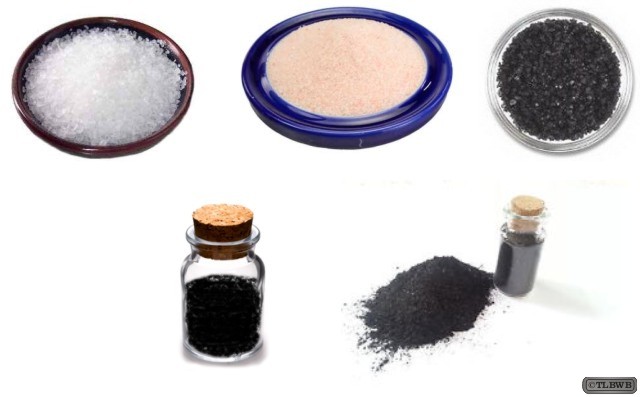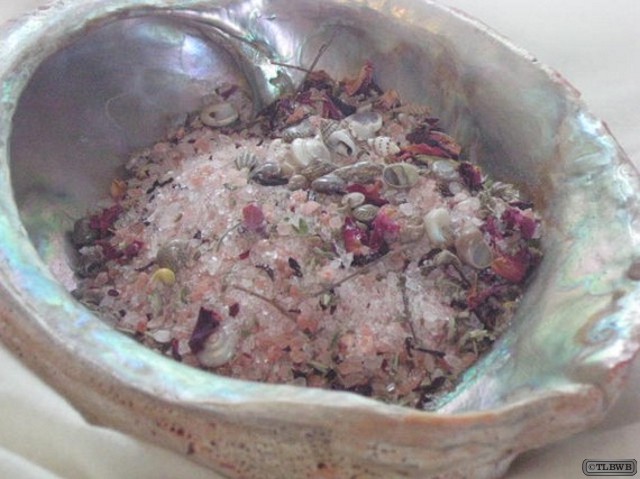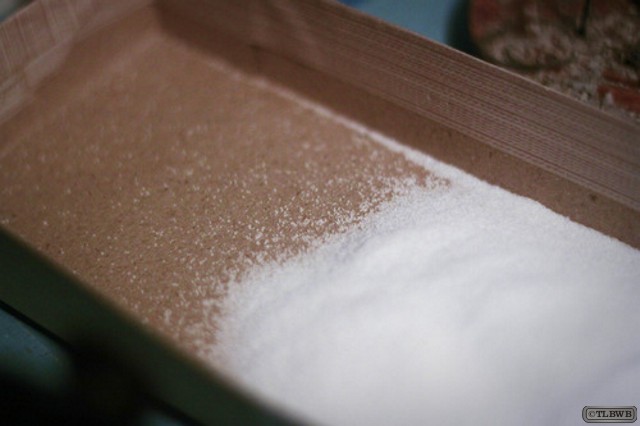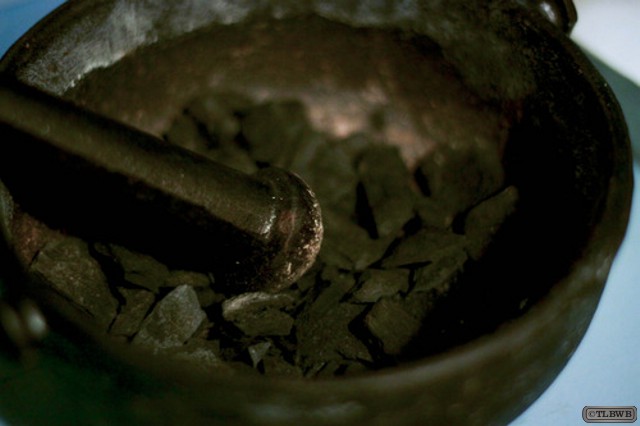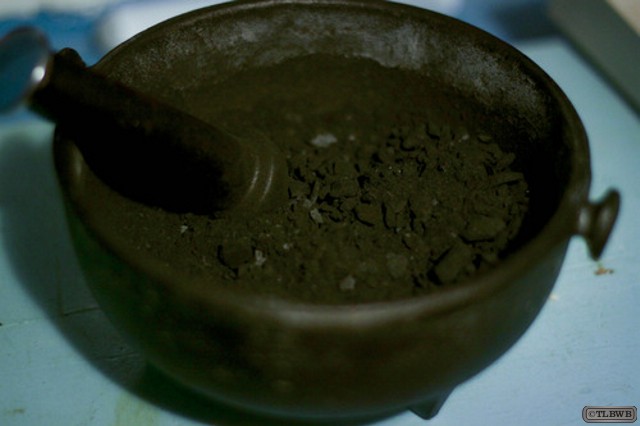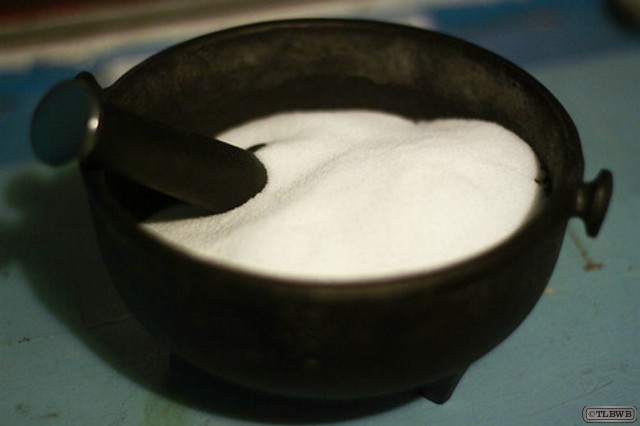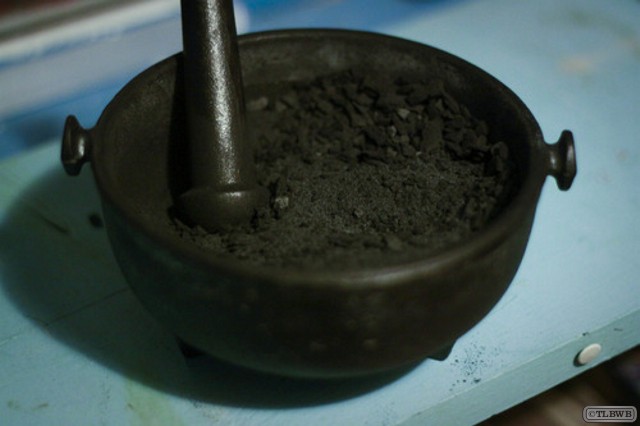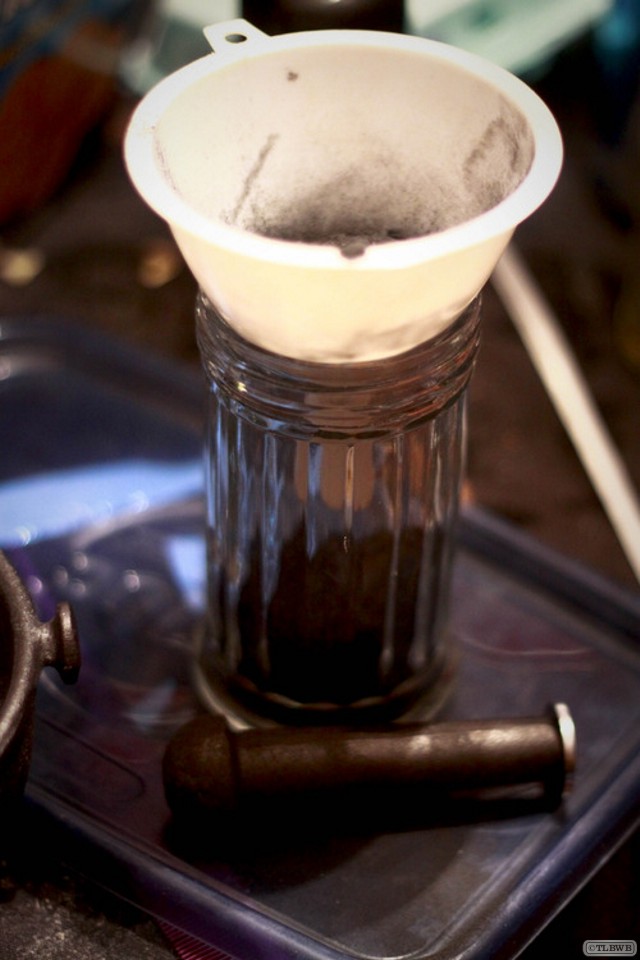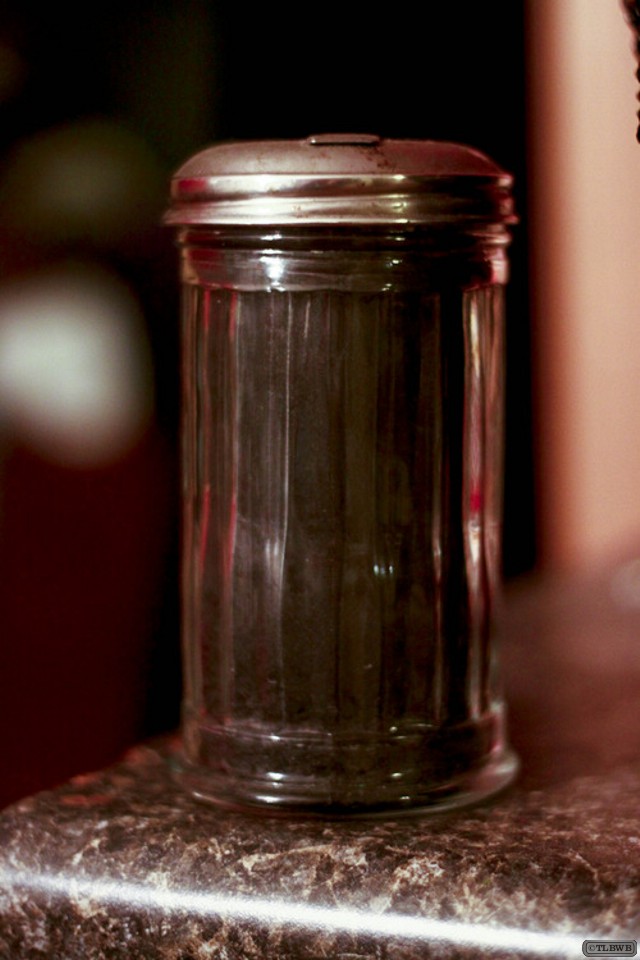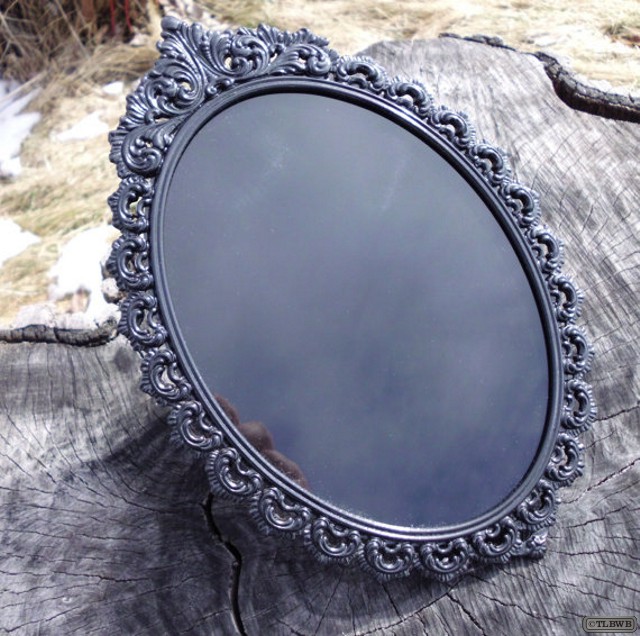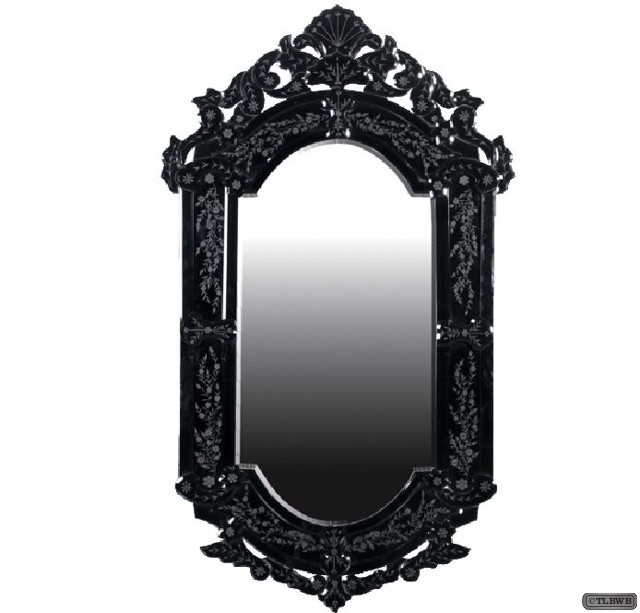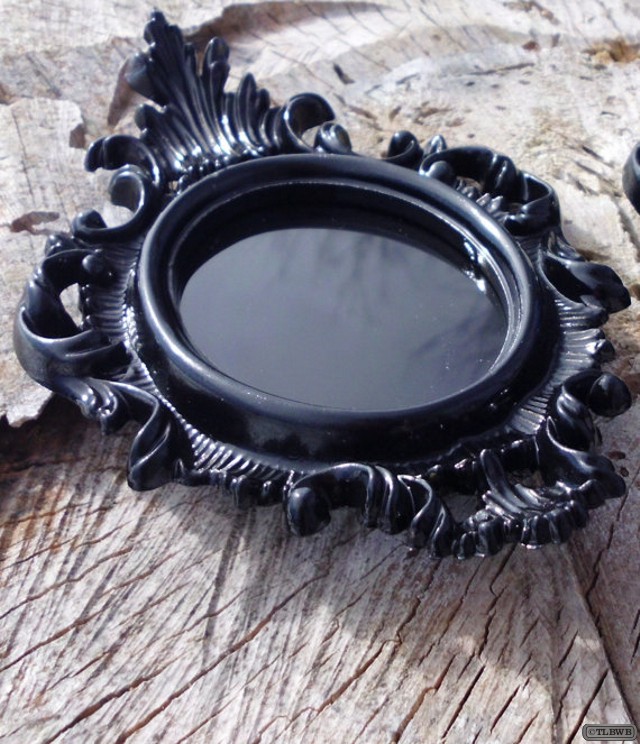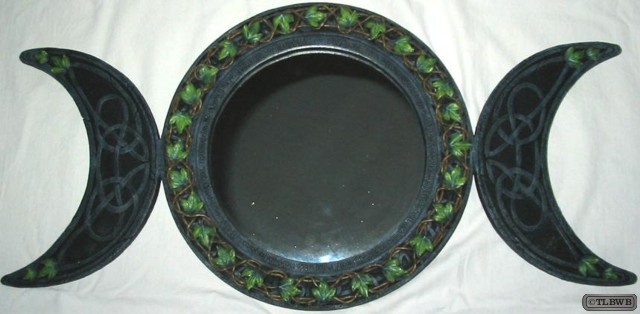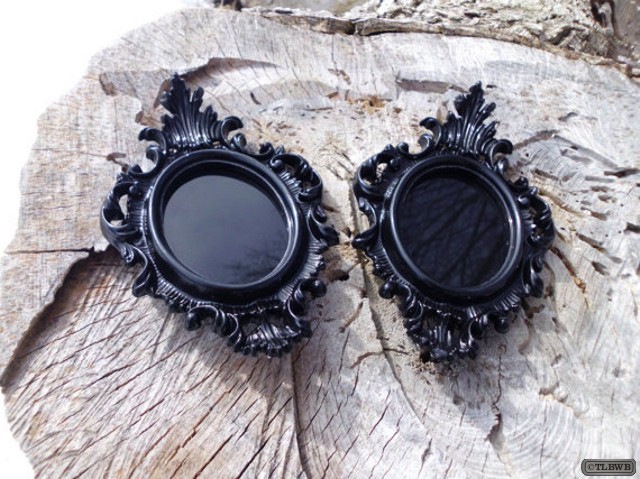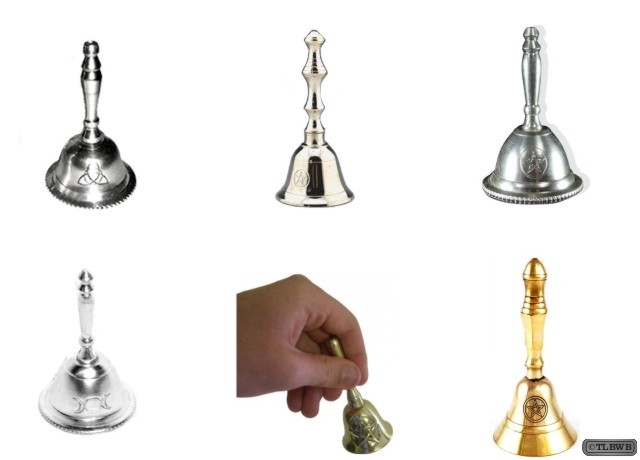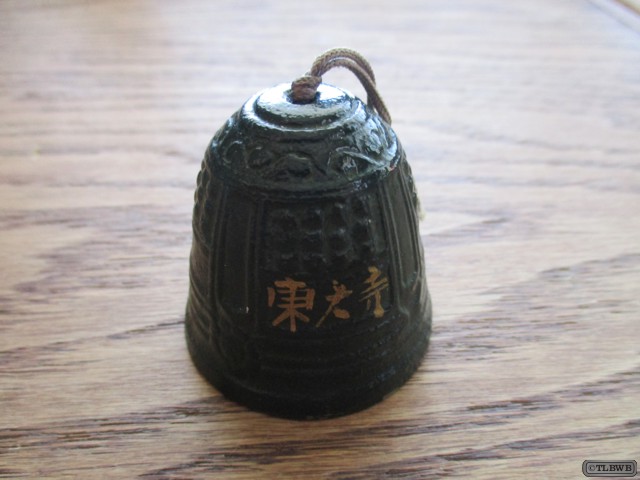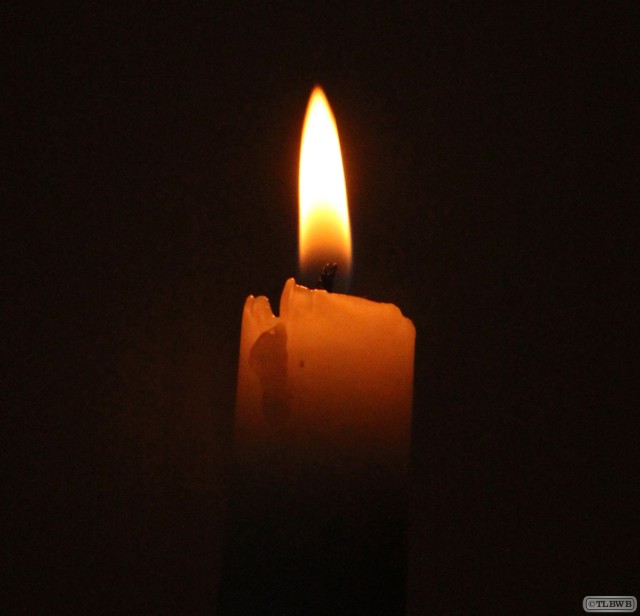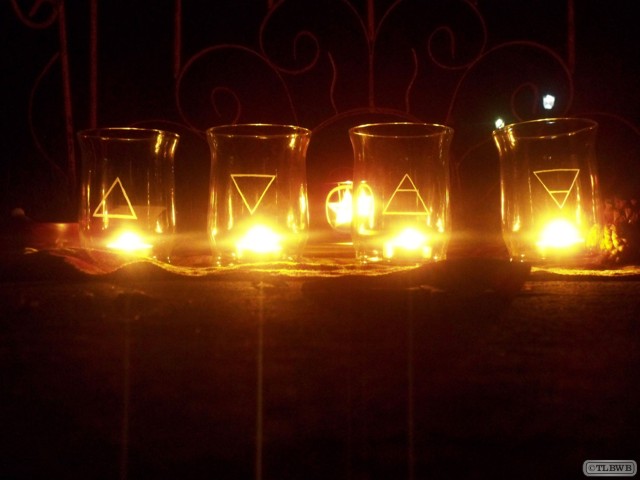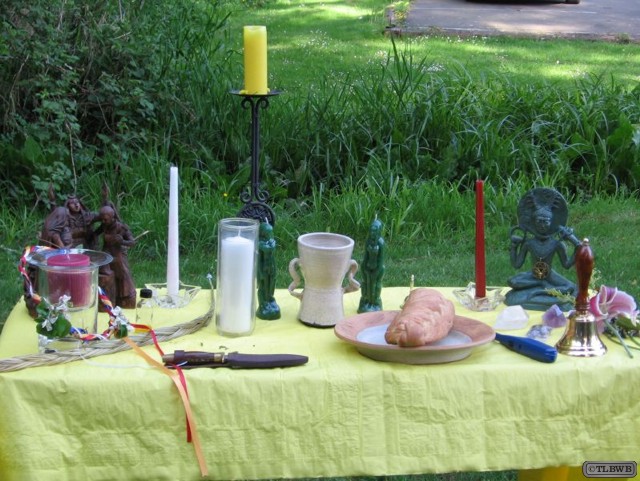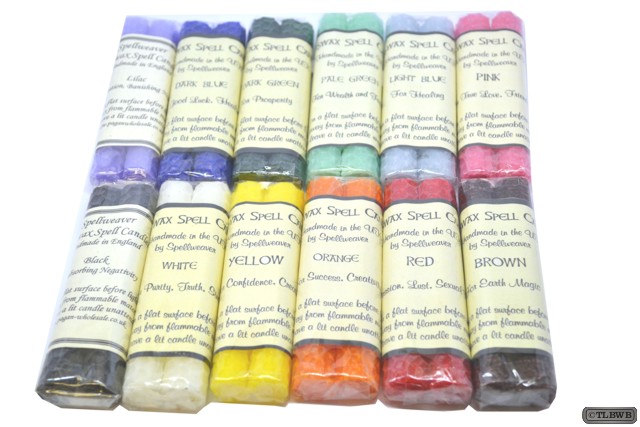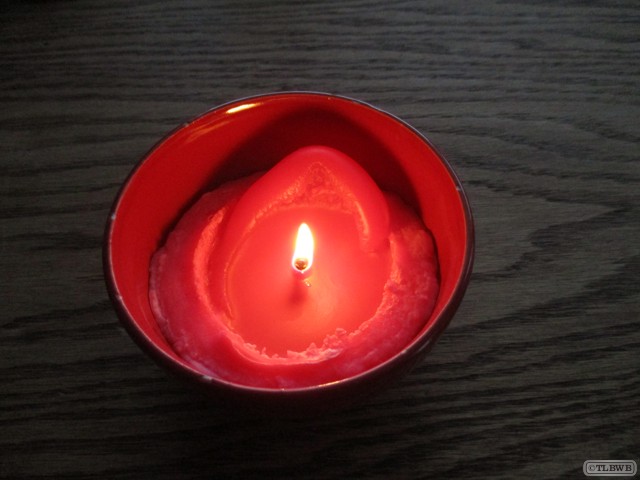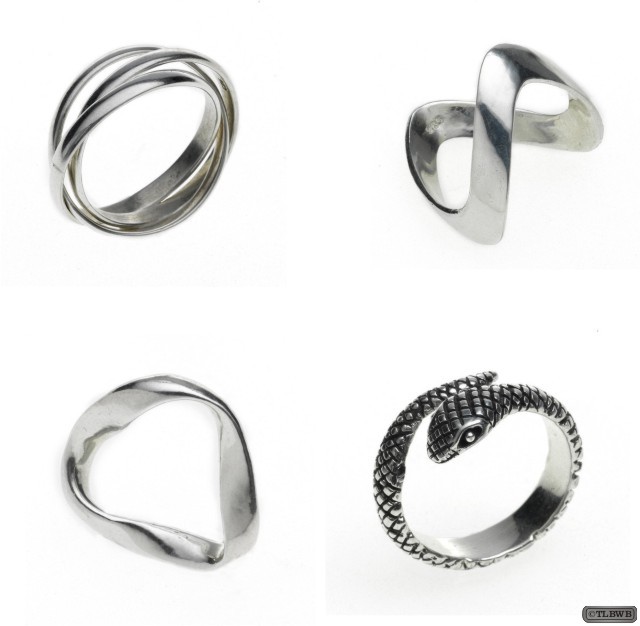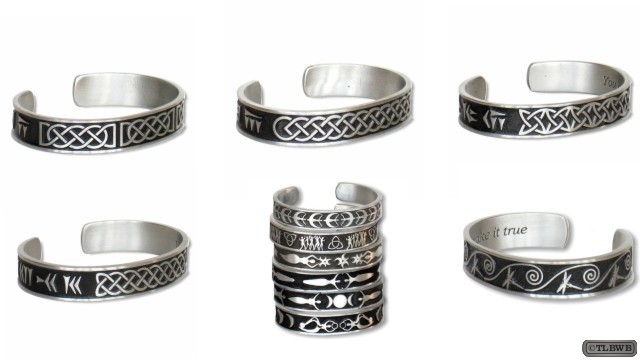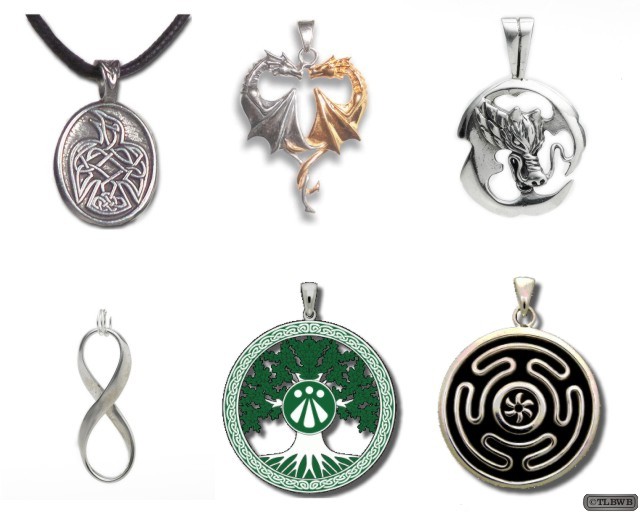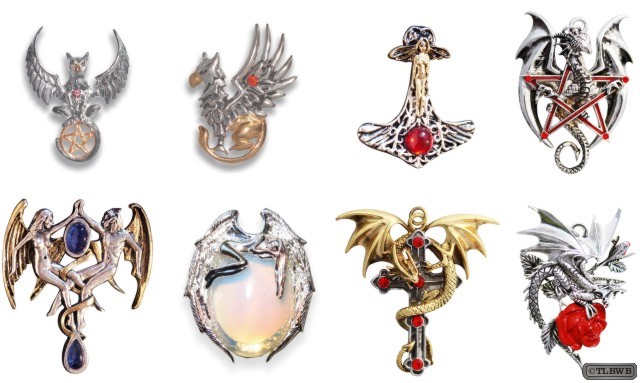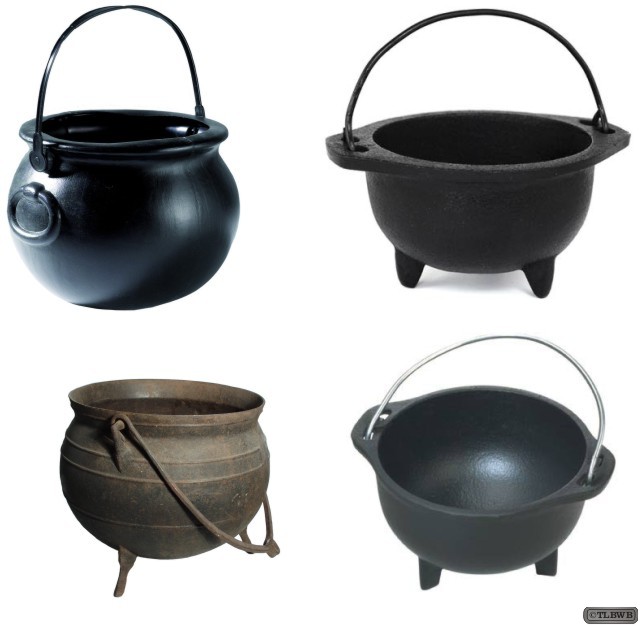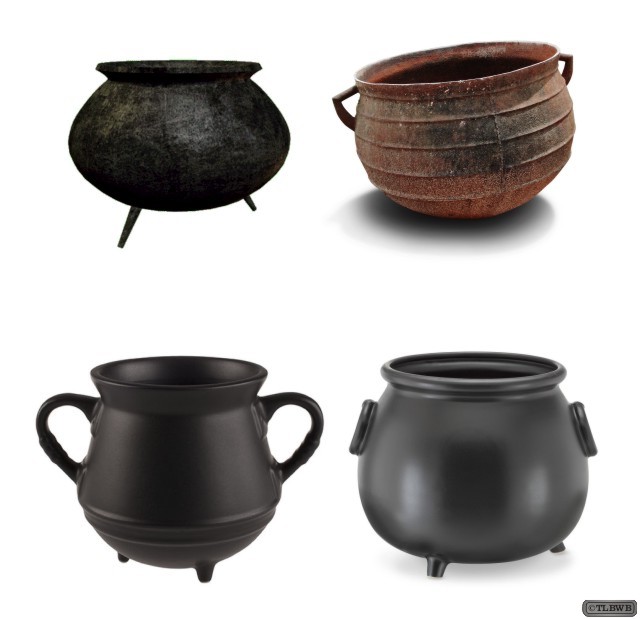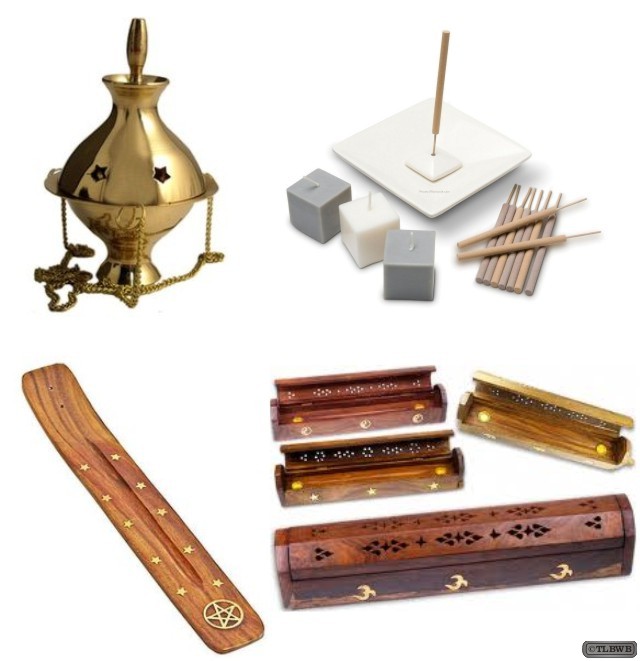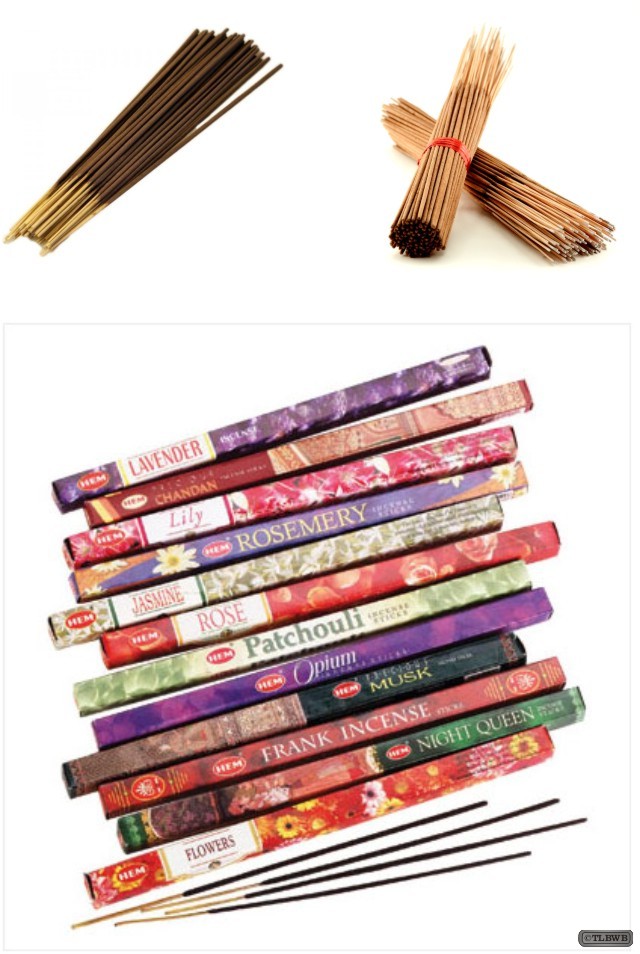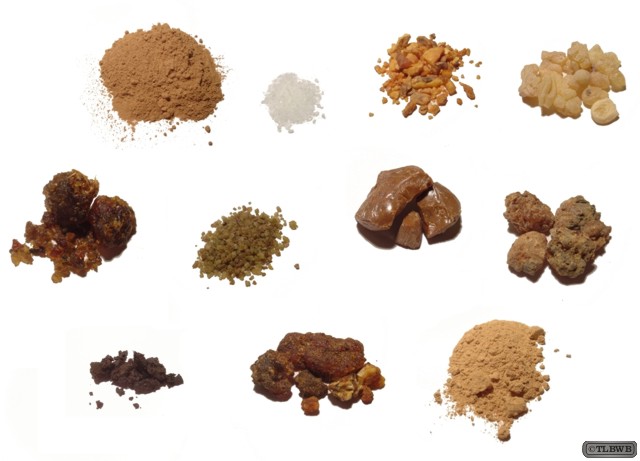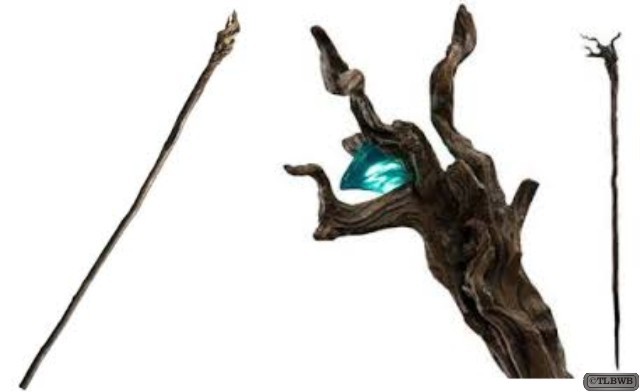Common salt is a mineral composed primarily of sodium chloride (NaCl), a chemical compound belonging to the larger class of salts; salt in its natural form as a crystalline mineral is known as rock salt or halite. Salt is present in vast quantities in seawater, where it is the main mineral constituent; the open ocean has about 35 grams of solids per litre, a salinity of 3.5%. Salt is essential for animal life, and saltiness is one of the basic human tastes. The tissues of animals contain larger quantities of salt than do plant tissues; therefore the typical diets of nomads who subsist on their flocks and herds require little or no added salt, whereas cereal-based diets require supplementation. Salt is one of the oldest and most ubiquitous of food seasonings, and salting is an important method of food preservation.
Some of the earliest evidence of salt processing dates to around 8,000 years ago, when people living in Romania were boiling spring water to extract the salts; a salt-works in China has been found which dates to approximately the same period. Salt was prized by the ancient Hebrews, the Greeks, the Romans, the Byzantines, the Hittites and the Egyptians. Salt became an important article of trade and was transported by boat across the Mediterranean Sea, along specially built salt roads, and across the Sahara in camel caravans. The scarcity and universal need for salt has led nations to go to war over salt and use it to raise tax revenues. Salt is also used in religious ceremonies and has other cultural significance.
Wiccan Salt
“Salt! Oh, salt. Okay, consider me braced.”
So, in folklore, salt has always been a way of warding off “evil spirits”. It was always thought that a ring of salt around a area would protect it.
Salt has also been thought of as an energy absorber. This is why people often use it to cleanse ritual space. These two reasons contribute most to the tradition of putting a ring of salt around a ritual a read. A circle of salt around an area prevents negative entities and demons from crossing into it. You can make a line of salt along a door or windowsill to make it impassable.
I’ve found that the most common tool recommended is salt, and I trusted this information because it was generally agreed upon by the magical community. I believed this until it was tested, and it failed. I guess that’s the way all things work.
So I did some research and I did some testing, and most of all, I did some thinking. Salt is normally used as the physical representation of the circle, it is used in cleansing solutions for tools, it’s used to protect against anything that goes bump in the night, but why is it used for all of these things?
Many different magical traditions call for the use of salt in spells and ritual. For centuries, it’s been known as a very magical – and also very valuable – ingredient. But why is salt such a magical item? Let’s look at some of the history behind the use of salt in magic, and some of the ways it’s commonly used in folklore and legend.
In many Eastern belief systems, such as Buddhism and Shintoism, salt is used both as a purifier and to repel evil.
In parts of Germany, Normandy, and Scotland, salt is used in or around a butter churn to keep witches from souring the butter or harming the cow from which the cream was obtained.
Irish folk remedies include the use of salt, combined with a recitation of the Lord’s Prayer, to cure those who might have been “fairy-struck”. A similar story comes from Bavaria and the Ukraine, in which salt is used to determine if a child is bewitched.
Egyptian caravans setting out on a journey across the desert used to perform a ritual that involved burning salt on hot coals. This was done to ensure that evil spirits wouldn’t get in the way of the travelers.
Often, salt is used in purification spells. It can be incorporated into smudging and asperging, and in some NeoWiccan traditions it is used on the altar to represent the element of earth. It should be noted that some groups associate salt with water, because of its origins in the sea.
Wiccan Black Salt
Black salt, which is a blend of regular salt and other ingredients, is used in protection magic in some traditions. Now I know you are asking yourself. “Witch… Why would I need black salt when Supernatural shows us that plain salt is just fine?”
Well, Let me Explain.
Black Salt is normally used to banish or drive away negative things. It can be used to protect your home and garden area by sprinkling it around the property line. To protect from things general getting in your house you can put Black Salt in the corners of the room or across the door step. It is also used to remove negative spells that have been cast on a person. In general, Salt itself is a great purifying agent. Black Salt is more about protection and the banishment of all things negative.
You can use anything dry that has a black tone. Charcoal, Ashes, Scrapings from your cauldron/cast iron bowl or skillet, even Pepper is often used.
The Lost Bearded White Brother

